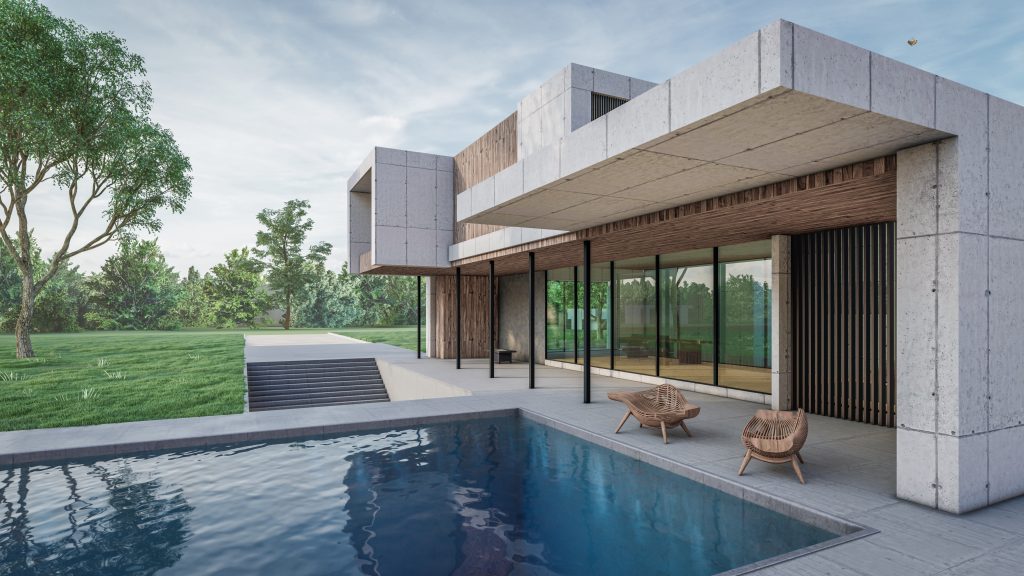Leveraging artificial intelligence can help your company become more sustainable.
Artificial intelligence (AI) has been a part of our culture for many years. Take the Wizard of Oz’s Tin Man, who many considered to embody a “heartless” AI robot. Fans of Ridley Scott will note the great role AI plays in his films, like Prometheus and Blade Runner, and it would be unacceptable to ignore the role AI plays at the end of millennium masterpiece The Matrix. But AI’s role in today’s society is much larger than it’s cultural depictions. Today, it’s popping up as a buzzword in nearly every industry. The building and construction sector can take advantage of AI to improve the experience and quality of built environments, while increasing sustainable action.
What is artificial intelligence?
Artificial intelligence (AI), sometimes called machine intelligence, is a wide-ranging branch of computer science that is focused on creating machines that can complete tasks that until now required human intelligence.
AI is changing the way we live, work, learn, and, of course, build. It has the potential to easily identify inefficiencies and opportunities as a means of increasing sustainability and productivity across industries. Compared to other industries, the building and construction industry has been slow to incorporate AI into its standard practices. Research firms like McKinsey predict that the construction industry will remain comparatively slow to adopt AI. However, the shift is inevitable if they hope to be competitive in today’s evolving industry.
Within the green building industry, the incorporation of AI has the potential to spur sustainability efforts that the industry has been desperately attempting to address. In regards to building sustainability, there are six principles that the U.S. General Services Administration (GSA) has laid out as factors that can be improved or optimized through the use of AI:
- Improve quality of indoor air
- Improve facility sustainability factor
- Enhance operational systems management
- Reduce non-renewable energy usage
- Protect the environment and conserve water
- Use environmentally preferable products
Incorporating AI into build and design practices is beneficial for a number of reasons. Below are a few benefits of the integration of AI.
Energy efficiency
Comfort is a high priority for humans. Our comfort depends on the temperature, the amount of light we’re exposed to, and even which electronics are accessible. AI monitors these factors through a system called an Intelligent Energy Management System (IEMS) that can analyze the amount of energy being used in the building. Then, it optimizes resources for the building to be more responsible with its energy usage.
Better design
AI provides the ability to design a building that will be specifically made for the client relative to their sustainability goals. For example, augmented versions of the building can demonstrate how much light is necessary. This helps manage electricity use with lighting, resulting in decreased overall energy use.
Lower costs
Artificial neural networks can predict project cost overruns by analyzing factors like project dates, location, and team member experience. AI technology can also help identify potential inefficiencies so that planners, builders, and owners alike can address these issues from the start and save money in the long run.
Project planning
Artificial intelligence can potentially boost productivity and streamline projects. From simple tasks like forwarding spam emails to the correct folder, to more complex tasks like scanning construction sites to discover potential setbacks, AI addresses inefficiencies so your team can remain focused.
AI and green get along great
As the world trots further along the path of digitization, it becomes increasingly necessary for the construction industry to catch up. AI has the potential to help meet the green building industry’s mission of creating more sustainable, equitable, and high-performance buildings. Incorporating AI is a win-win for businesses, customers, and the planet alike. So what are you waiting for? It’s time to embrace AI in the future of building.


